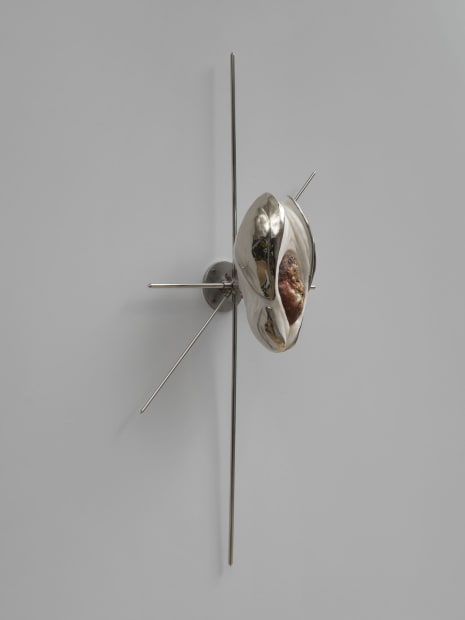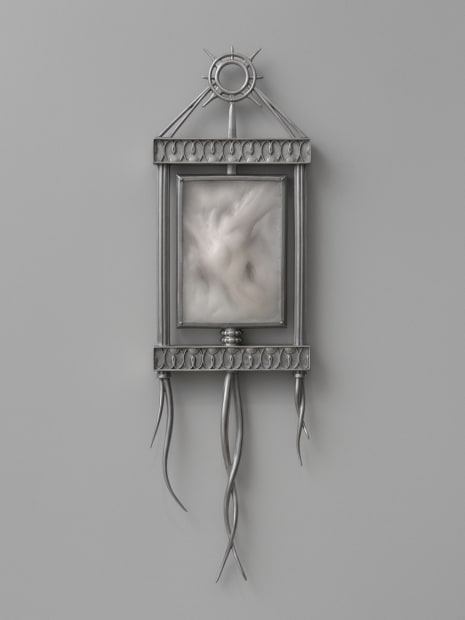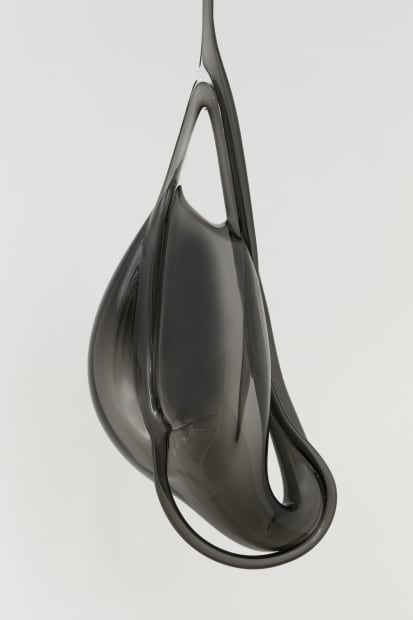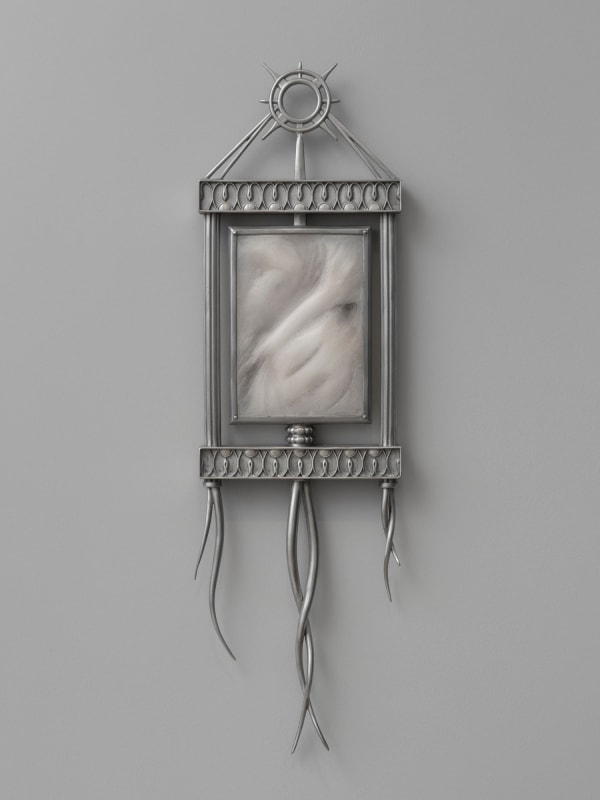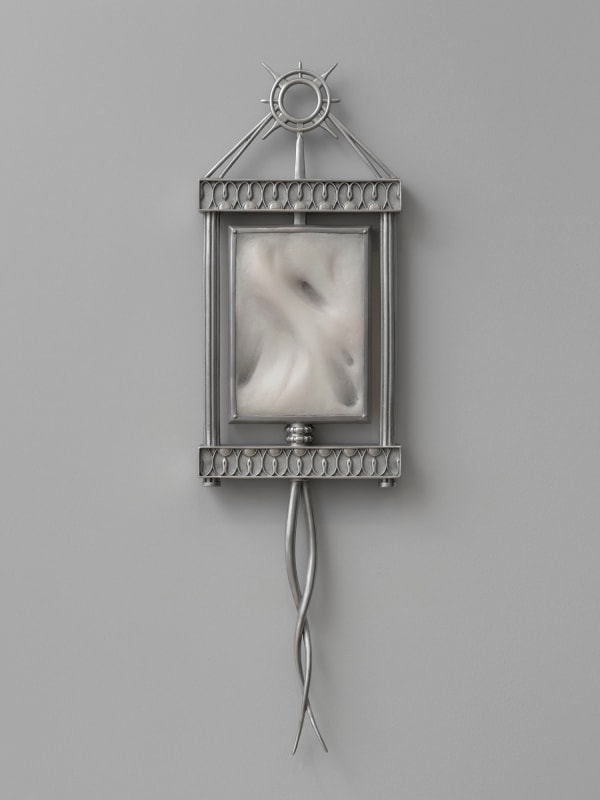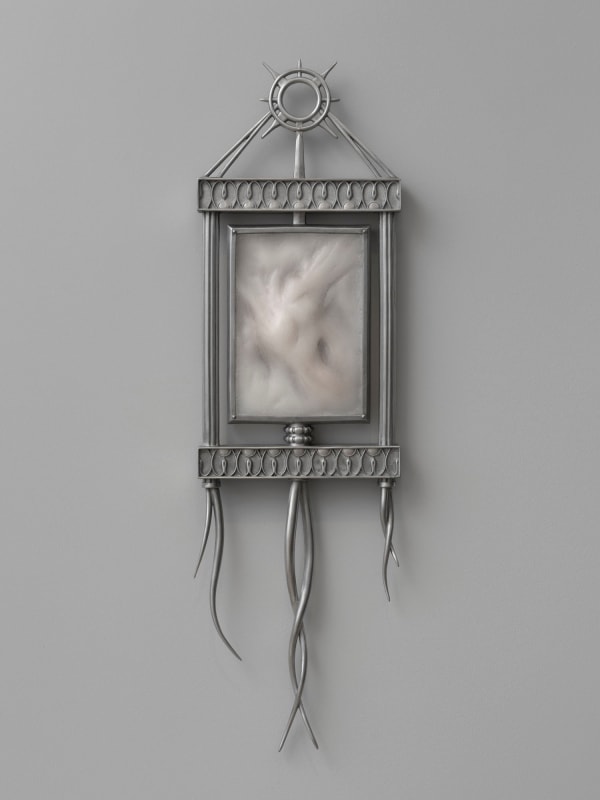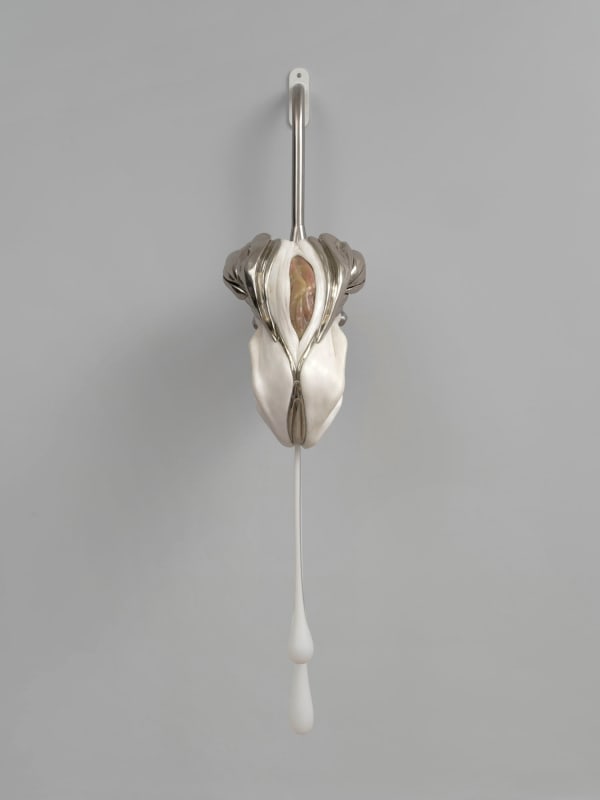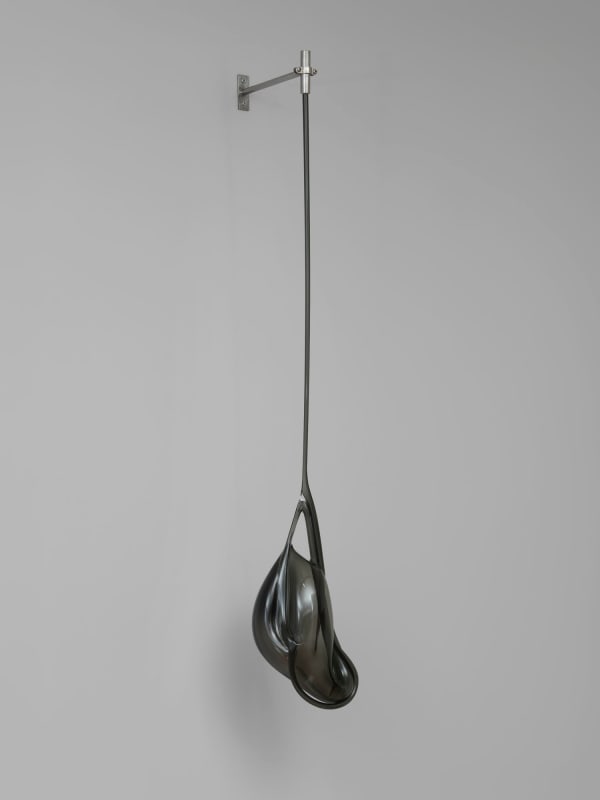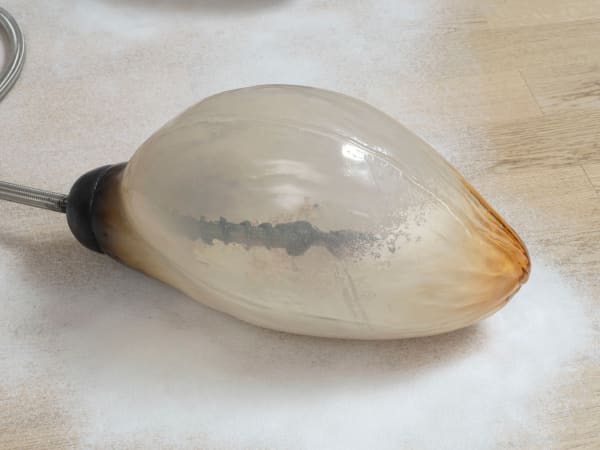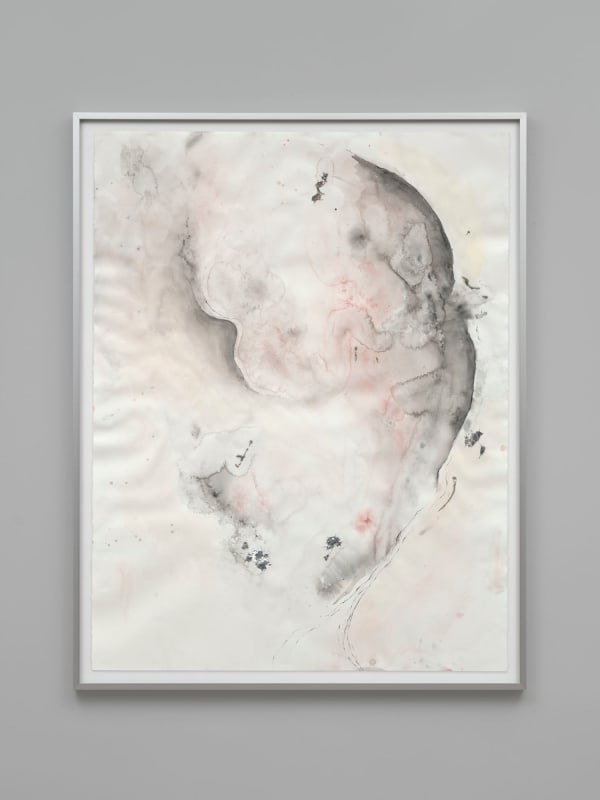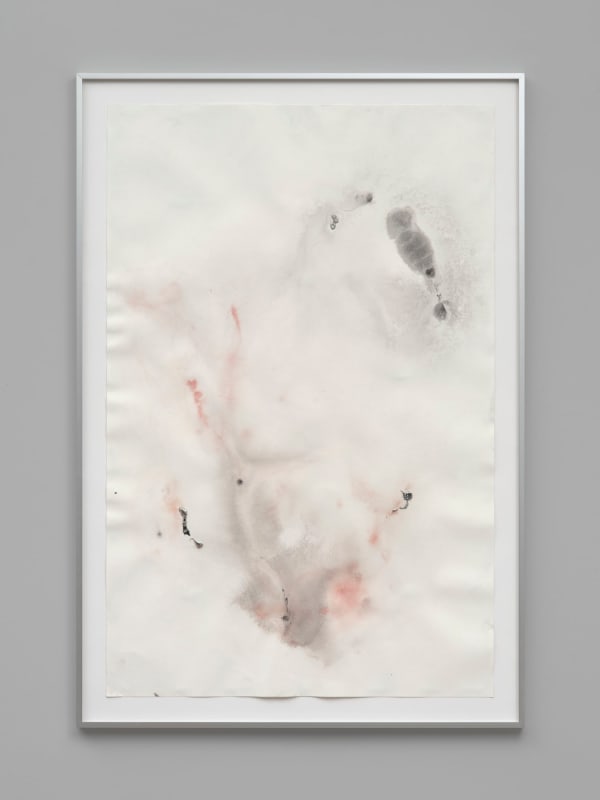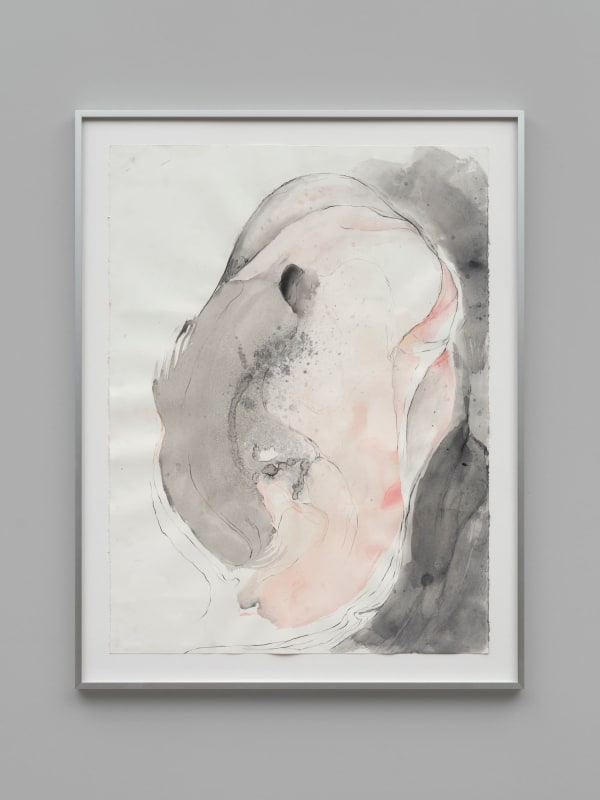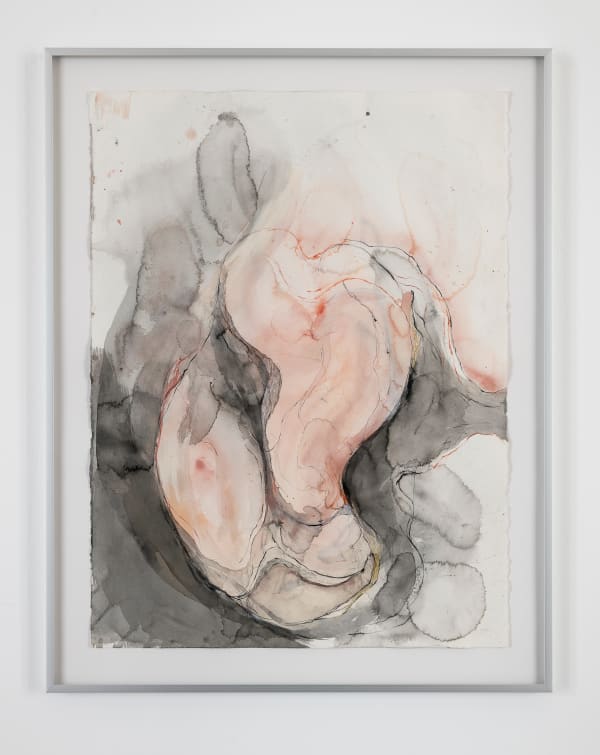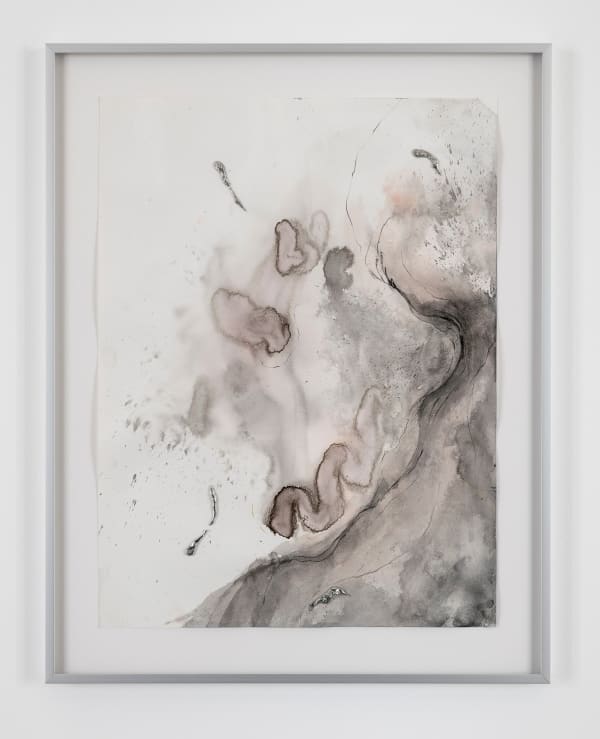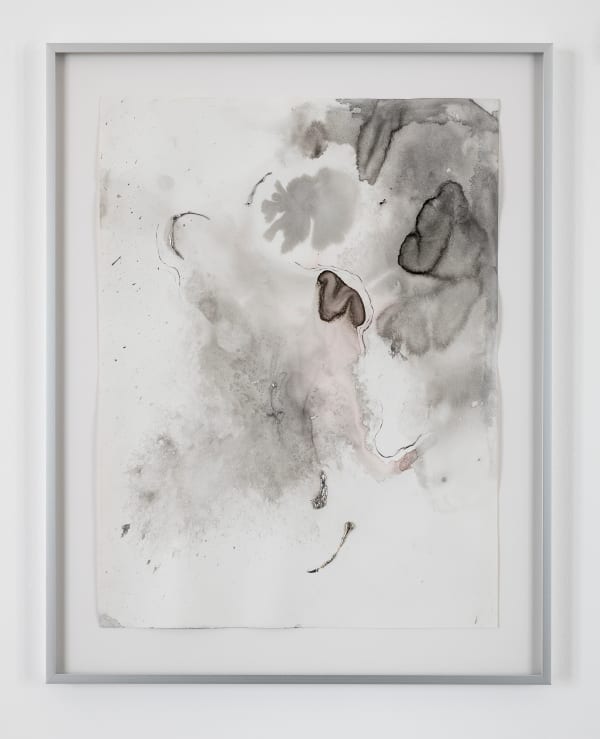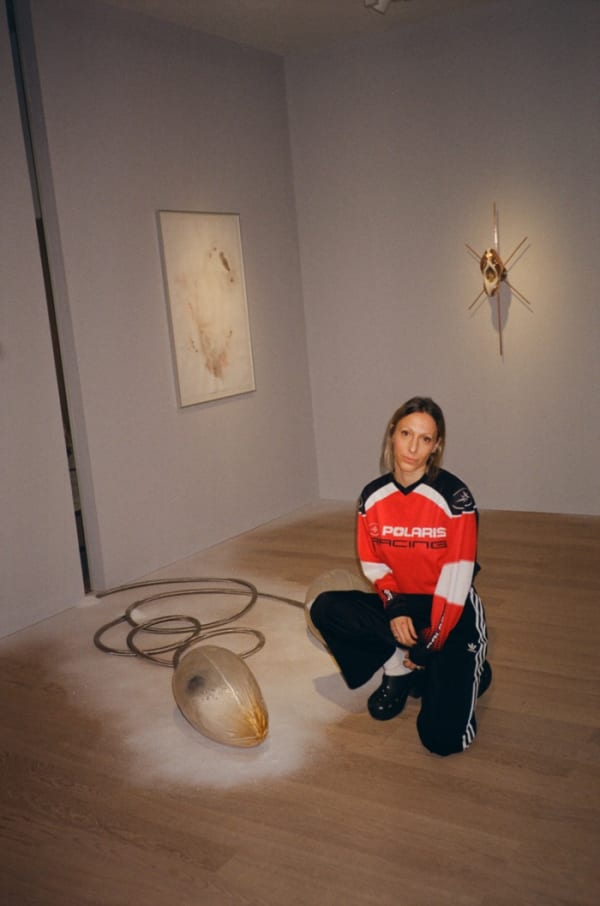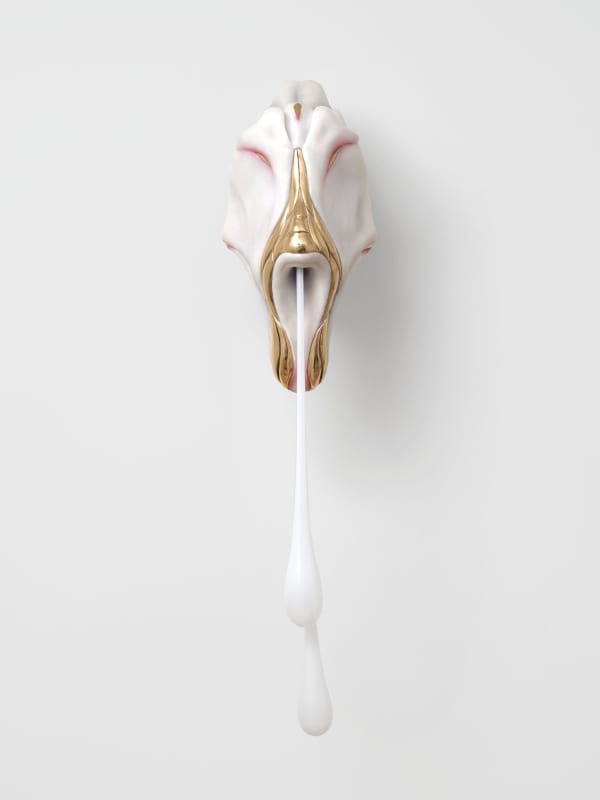Temptation of Being: Ivana Bašić
Current exhibition
-
 Albion Jeune is pleased to present Temptation of Being, New York-based artist Ivana Bašić’s (b. 1986, Belgrade) first solo exhibition with the gallery. The exhibition comprises a series of drawings and intimate, sculptural works that test the bounds of human materiality. Sculptures in wax, white bronze, blown glass, copper and stainless steel reveal biomechanical curves and alabaster cores resembling abstract and abject reductions of the body.
Albion Jeune is pleased to present Temptation of Being, New York-based artist Ivana Bašić’s (b. 1986, Belgrade) first solo exhibition with the gallery. The exhibition comprises a series of drawings and intimate, sculptural works that test the bounds of human materiality. Sculptures in wax, white bronze, blown glass, copper and stainless steel reveal biomechanical curves and alabaster cores resembling abstract and abject reductions of the body. -
Shaped by the artist's early experiences of violence and brutality during the collapse of her native Yugoslavia, Bašić's hybrid bodies contemplate metamorphosis as a substitute for physical flight when there is nowhere left to retreat or hide. The artist references Catherine Malabou’s “Ontology of the Accident”, which posits the transformation into Otherness as the only choice available when physical flight has become impossible. Probing the limitations of organic plasticity, the abstracted bodily forms are imbued with potential, evoking gestures of opening up and blossoming, while the reality of what they are fleeing – war, technological advances, political instability – lingers darkly in the background.
-

-
-

-
-
Hypostasis, a floor-based sculpture, explores life’s ephemeral nature, encapsulated in translucent glass eggs filled with dust and the artist’s breath. These forms, hermetically sealed and awaiting to be hatched, embody the brutality and potential of life forces.
-

-
-

-
Bašić’s practice employs a visual language in which each material symbolically links to a conceptual counterpart. This codex is consistent across the artist’s practice, allowing the viewer to understand each artwork in the context of Bašić’s greater theoretical cosmology. Wax represents temporal elements such as flesh and organic tissue; its origins in petroleum gesture toward the cyclicality of life and decay. Glass, meanwhile, represents the breath that formed it, and stainless steel the forces of life and death that act on the body. Stone is the consolidation of organic life and matter that, under pressure, is further atomized into dust. In her consideration of dust Bašić references philosopher Reza Negarestani: “Dust is irreducible. The elemental object of creation—a formula for life without life itself.” These materials, along with intangible forces like pressure, breath, weight, and torque, combine to create a body of work that investigates our most pressing ontological fixations: the fragility of the human condition; the breakdown of self and the Other; the reimagination of life and death; and the quest for immortality.
-
-
Selected works
-
 Ivana Bašić, Fantasy vanishes in flesh I, 2025
Ivana Bašić, Fantasy vanishes in flesh I, 2025 -
 Ivana Bašić, Fantasy vanishes in flesh II, 2025
Ivana Bašić, Fantasy vanishes in flesh II, 2025 -
 Ivana Bašić, Fantasy vanishes in flesh III, 2025
Ivana Bašić, Fantasy vanishes in flesh III, 2025 -
 Ivana Bašić, I sense that all of this is ancient and vast. I had touched the nothing, and nothing was living and moist #6, 2024
Ivana Bašić, I sense that all of this is ancient and vast. I had touched the nothing, and nothing was living and moist #6, 2024
-
 Ivana Bašić, I sense that all of this is ancient and vast. I had touched the nothing, and nothing was living and moist #7, 2024
Ivana Bašić, I sense that all of this is ancient and vast. I had touched the nothing, and nothing was living and moist #7, 2024 -
 Ivana Bašić, Pneumatic Positions II: Blossoming, 2023
Ivana Bašić, Pneumatic Positions II: Blossoming, 2023 -
 Ivana Bašić, Pneumatic Positions II: Blossoming, 2024
Ivana Bašić, Pneumatic Positions II: Blossoming, 2024 -
 Ivana Bašić, Breath seeps through her tightly closed mouth | Position II: Swelling #2, 2019
Ivana Bašić, Breath seeps through her tightly closed mouth | Position II: Swelling #2, 2019
-
 Ivana Bašić, I too had thousands of blinking cilia, while my belly, new and made for the ground was being reborn \ Position III (#4), 2024
Ivana Bašić, I too had thousands of blinking cilia, while my belly, new and made for the ground was being reborn \ Position III (#4), 2024 -
 Ivana Bašić, I too had thousands of blinking cilia, while my belly, new and made for the ground was being reborn \ Position III (#4), 2022
Ivana Bašić, I too had thousands of blinking cilia, while my belly, new and made for the ground was being reborn \ Position III (#4), 2022 -
 Ivana Bašić, Hypostasis, 2024
Ivana Bašić, Hypostasis, 2024 -
 Ivana Bašić, Hypostasis, 2024
Ivana Bašić, Hypostasis, 2024
-
 Ivana Bašić, Ungrounding #34, 2025
Ivana Bašić, Ungrounding #34, 2025 -
 Ivana Bašić, Ungrounding #35, 2025
Ivana Bašić, Ungrounding #35, 2025 -
 Ivana Bašić, Ungrounding #36, 2024
Ivana Bašić, Ungrounding #36, 2024 -
 Ivana Bašić, Ungrounding #37, 2024
Ivana Bašić, Ungrounding #37, 2024
-
-
Press
-

The wounds of war in Ivana Bašić’s ‘Temptation of Being’ at Albion Jeune, London by Sofia Hallström
Elephant Magazine March 23, 2025 -

Ivana Bašić “Temptation of Being”at Albion Jeune, London
Mousse Magazine March 16, 2025 -

Ivana Bašić’s sculptures want us to get over ourselves by Harriet Lloyd-Smith
Plaster March 3, 2025 -

Viewing Ivana Bašić at Albion Jeune
The Wick Culture February 27, 2025 -

SHOWNEWS: YOUR WEEKLY ARTS BULLETIN by Christina Donoghue
SHOWstudio February 27, 2025 -

London art exhibitions to fill the void this winter
Plaster Magazine February 20, 2025
-
-
Enquire
-
For further information on works by Ivana Bašić


